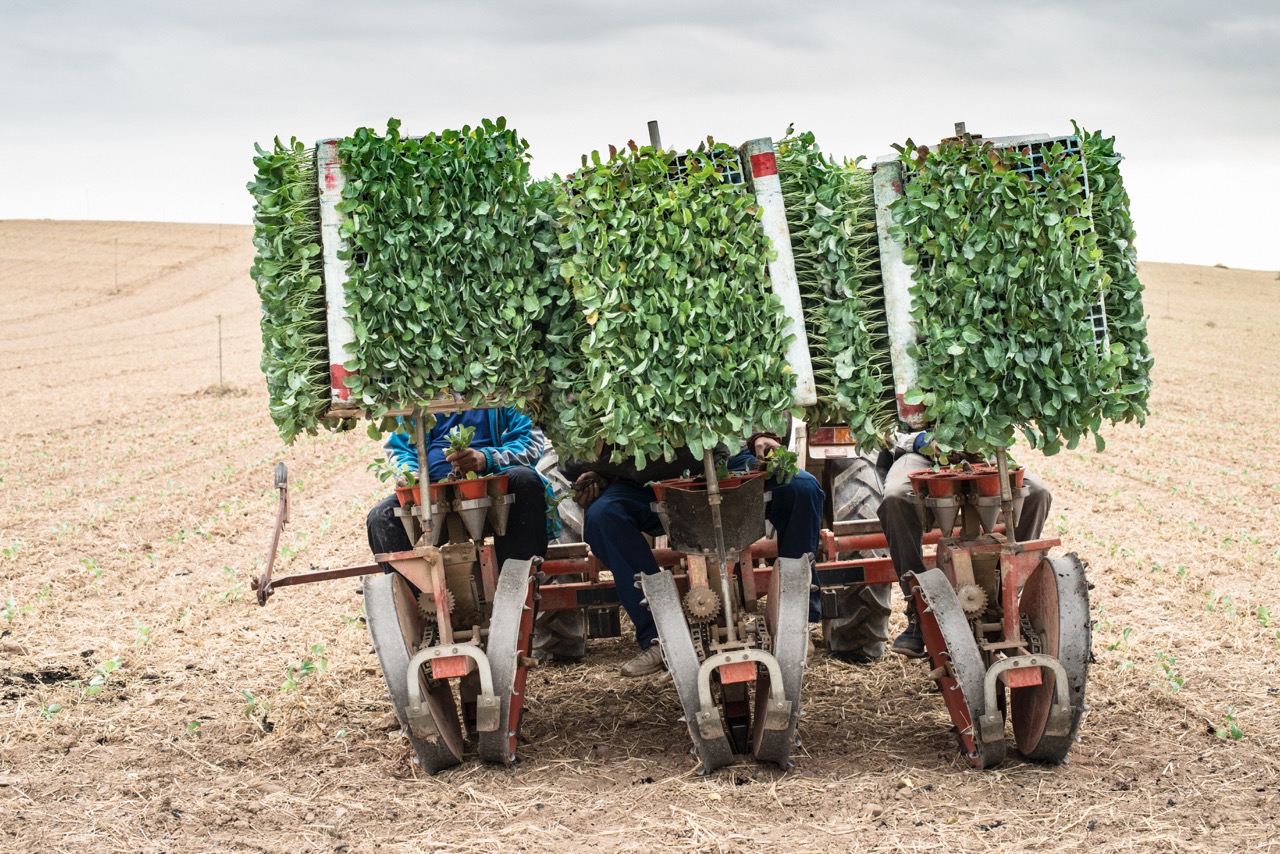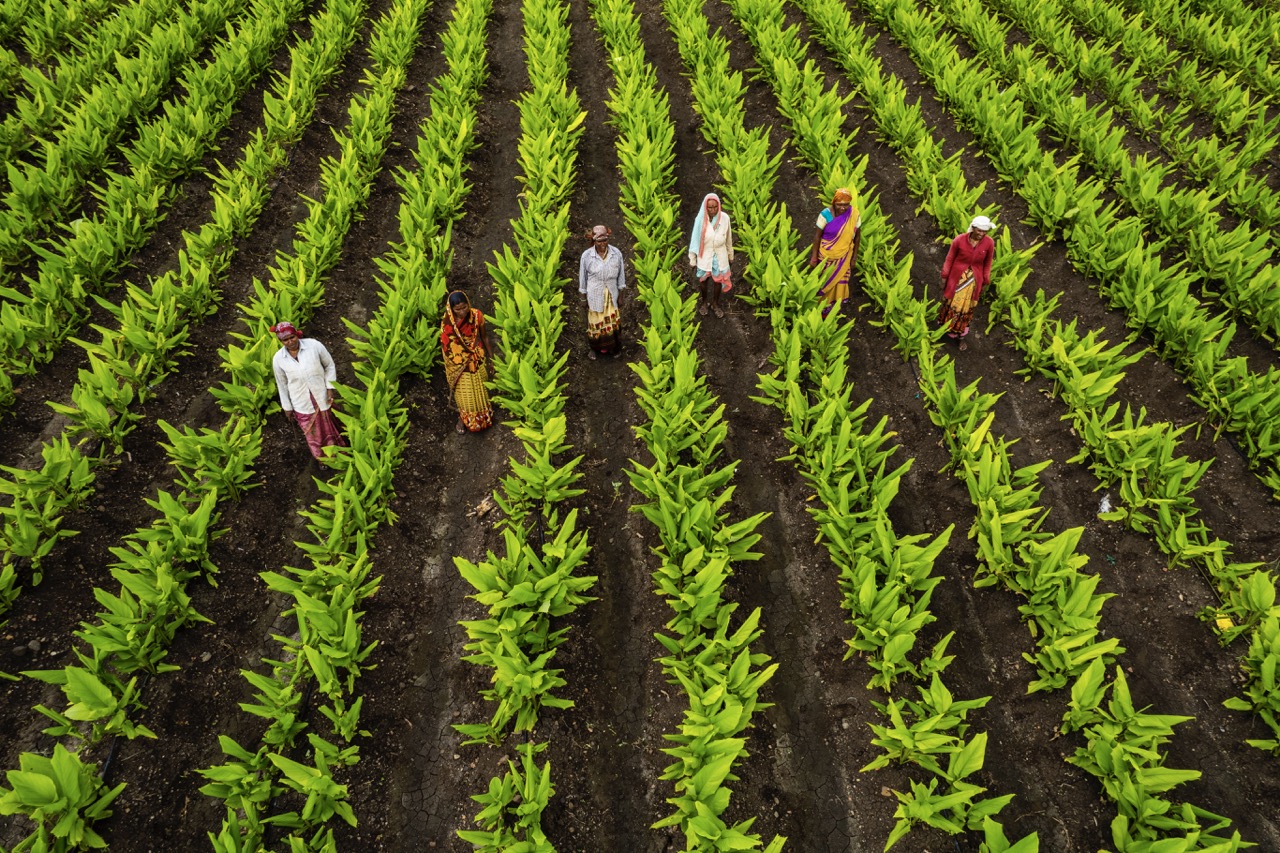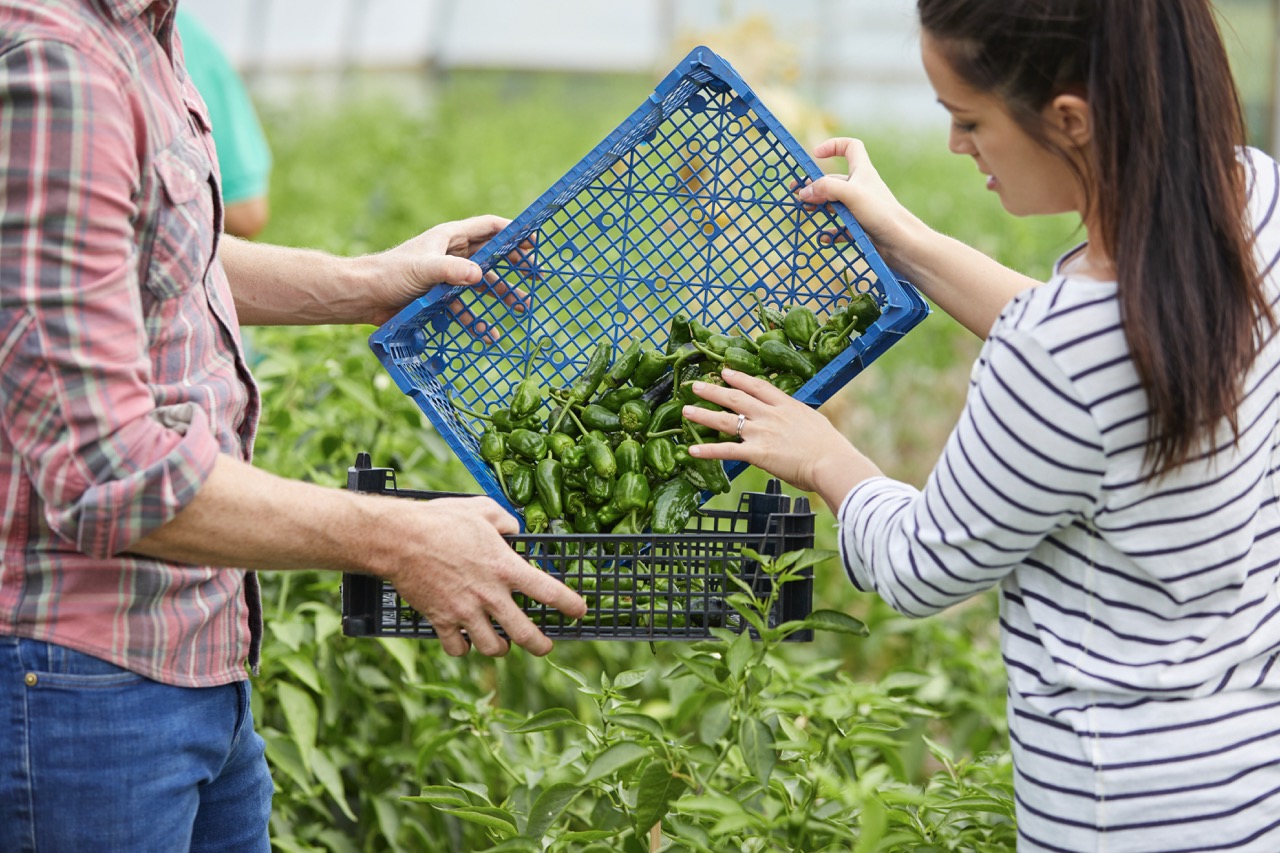In the realm of agriculture, traditional farming methods are increasingly being supplemented by innovative approaches that allow for greater collaboration and resource sharing. One such method that has gained traction is multi-partner sharecropping agreements. These arrangements not only provide a framework for shared responsibilities but also foster an environment where farmers can benefit from pooled resources and collective expertise. This article explores the various advantages of multi-partner sharecropping, focusing on collaboration, economic stability, and sustainable practices.
Exploring the Advantages of Multi-Partner Sharecropping
Multi-partner sharecropping agreements enable farmers to cultivate land collectively, dividing the risks and rewards associated with agricultural endeavors. By pooling their resources, farmers can access larger tracts of land that may have been impossible to manage individually. This cooperative approach allows for diversification of crops, which can lead to more robust agricultural outputs and a reduction in vulnerability to market fluctuations.
Moreover, these agreements encourage knowledge sharing among partners, allowing them to learn from one another’s experiences and expertise. This transfer of knowledge can lead to innovative farming techniques and improved crop management practices. Farmers involved in multi-partner arrangements often benefit from mentorship and advisory support, which can enhance their overall productivity and strengthen their farming operations.
Additionally, multi-partner sharecropping can contribute to community building. By working together towards common goals, farmers develop stronger social networks, which can serve as a vital support system in times of need. This sense of community fosters resilience and can provide emotional and practical support, further enhancing the benefits of collaborative farming.
How Collaboration Enhances Agricultural Productivity
Collaboration in multi-partner sharecropping can significantly enhance agricultural productivity through shared labor and resources. When farmers collaborate, they can allocate tasks based on individual strengths and expertise, leading to more efficient farming operations. For example, one partner may excel in crop rotation strategies, while another may have a knack for pest management. This division of labor allows for optimized performance and higher yields.
Furthermore, collective purchasing of seeds, fertilizers, and equipment reduces costs and increases bargaining power with suppliers. This economy of scale can lead to significant savings, enabling farmers to invest in better quality inputs and technology. As a result, the overall productivity of the farming operations can increase, benefitting all partners involved.
Finally, multi-partner sharecropping arrangements can facilitate access to larger markets. By collaborating, participating farmers can create a brand or cooperative that offers a wider variety of products, appealing to consumers looking for diverse choices. This approach can enhance market visibility and open new avenues for sales, ultimately contributing to increased revenues for all partners.
Economic Stability: The Case for Shared Resources
Economic stability is one of the primary benefits of multi-partner sharecropping agreements. By sharing resources such as machinery, tools, and labor, farmers can significantly reduce their individual financial burdens. This sharing model promotes financial resilience, allowing partners to weather economic downturns more effectively than they could alone.
In addition to resource sharing, these agreements can help mitigate risks associated with fluctuating crop prices. When multiple partners are involved, the income generated from diverse crops can buffer against price volatility in the market. This diversification reduces the financial strain on individual farmers, contributing to a more stable economic outlook for the entire group.
Moreover, multi-partner arrangements often pave the way for access to credit and investment opportunities. Financial institutions may view collaborative farming efforts as lower-risk investments, leading to better access to loans and grants. This financial support can be crucial for enhancing production capabilities and ensuring long-term sustainability of the farming operations.
Sustainable Practices: Benefits of Collective Farming Models
Sustainable agricultural practices can thrive within multi-partner sharecropping agreements. When farmers collaborate, they can implement environmentally friendly practices more effectively. For example, they can engage in crop rotation and polyculture, reducing the reliance on chemical fertilizers and pesticides. This collaborative approach simplifies the management of sustainable practices, as partners can share knowledge about organic farming techniques and soil health.
Additionally, collective farming models encourage the implementation of shared resources for irrigation and land management. By pooling their water resources and investing in efficient irrigation systems, farmers can minimize waste and promote responsible water usage. This approach not only supports environmental sustainability but also enhances the overall resilience of the farming ecosystem.
Finally, multi-partner sharecropping can lead to improved biodiversity. By cultivating a variety of crops and implementing crop rotation strategies, farmers can enhance soil health and promote ecological balance. This diversity not only benefits the environment but also reduces the risk of crop failure, providing an additional layer of security for farmers involved in these agreements.
In conclusion, multi-partner sharecropping agreements present numerous benefits that extend beyond individual farming operations. By embracing collaboration, farmers can enhance productivity, achieve economic stability, and implement sustainable practices that are crucial for the environment. As the agricultural landscape continues to evolve, these collective farming models may emerge as a viable solution for many challenges faced by modern farmers, fostering a sustainable and resilient agricultural community.










